Introducing: Don’t Ask Dave
6th Aug 2021
Here at Cotton Cuts, we love our Operations Manager, Dave. However, while Dave has much experience in the business world, he has very limited knowledge of quilting and sewing. So that’s why we started a new segment on the blog: “Don’t Ask Dave.”
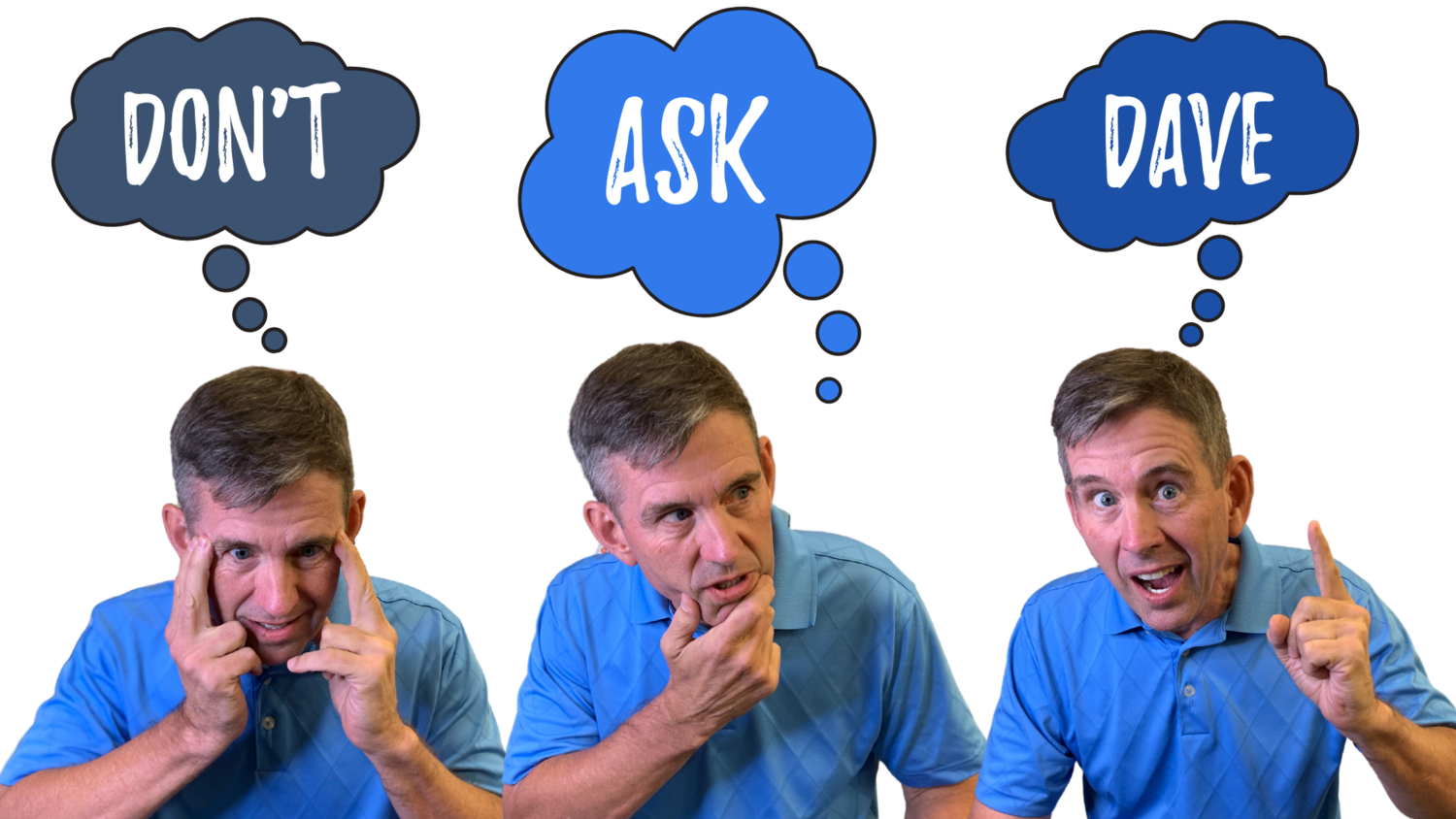
Once a month, we will ask Dave a series of questions about sewing and quilting. These can range anywhere from basic definitions to advice about a quilting predicament you encounter. Because Dave is still an aspiring fabric enthusiast, his answers will be entertaining to say the least. But don’t worry! We will still supply you with the correct answers after you’ve had a good laugh.
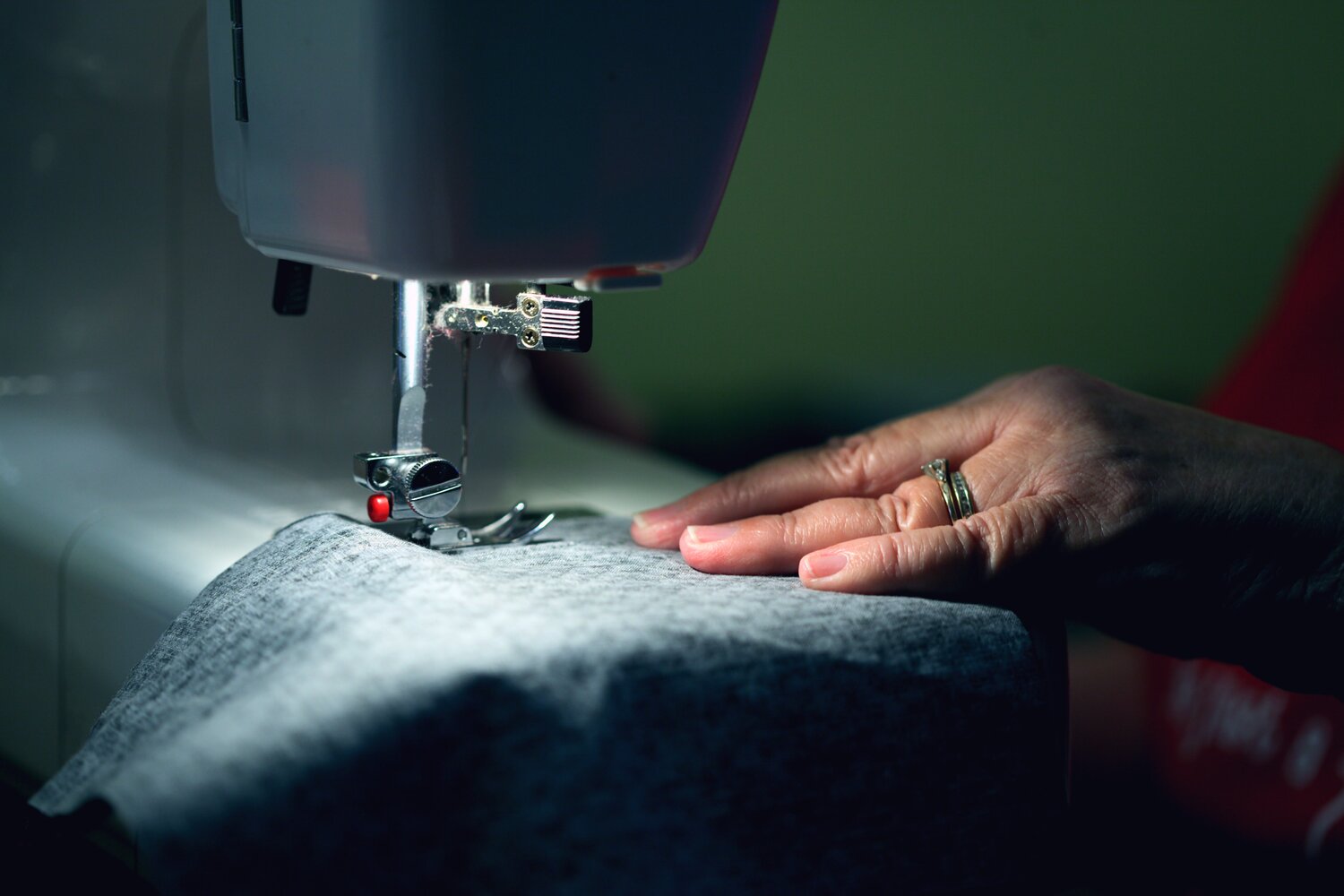
How do you keep your seams scant?
Dave: “I just don’t sew very often, so I make very few seams.”
Real Answer: A scant ¼” seam is about three fibers (in the cotton fabric) shy of a full ¼” seam and is achieved by sewing just shy of the ¼” line with your sewing machine. Why is this important? When the seam is sewn, you want the finished dimension to be accurate and there are about three fibers that are lost when fabric is folded upon itself.
Unlike garment sewing where the industry standard is a 5/8″ seam allowance, quilt piecing dictates a precise 1/4″ seam be used to sew fabric units together to create pieced blocks, so all intersections meet consistently. Quilters realized early on that in order for seams to be pressed to one side they needed to allow for the bulk of the fabric itself to be folded over. A scant 1/4″ seam was far more effective and accurate to allow for this fabric bulk taking up space in the seams.
Quilters the world over continually strive to perfect the elusive scant 1/4″ seam allowance much like divers strive for a perfect 10 or gourmet chefs painstakingly master a macaron.
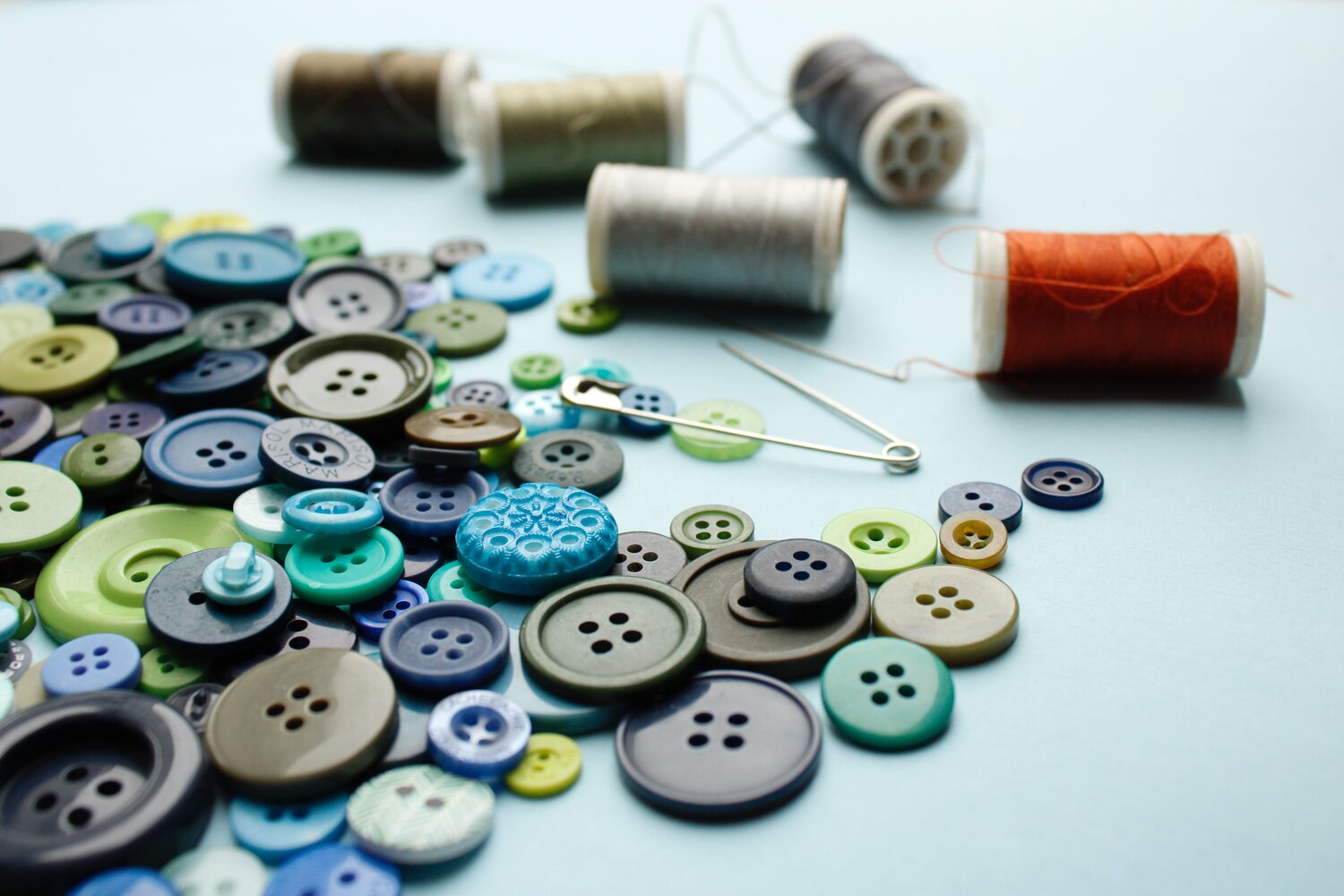
How do you baste a quilt?
Dave: “You take the turkey juice and squirt it all around. That’s basting.”
Real Answer: Basting is a very important step in the quilting process. Doing it carefully will result in a professional-looking finished project. Basting is a way to temporarily hold the three layers together while you ‘quilt.’
The first step to a successful baste is to press all three layers to ensure they are smooth and wrinkle free. Iron the backing fabric and lay on a flat, smooth surface face down. Many quilters tape the backing to the surface. Next, lay your quilt top over the batting, ensuring it is smooth and flat. Be sure there are at least 4 inches of batting and backing exposed around the quilt top. When quilting, there is often shrinkage and the backing and the batting need to be larger to accommodate.
Now is the time to baste all layers together. There are two options that work best for machine quilting: spray baste and/or safety pins.
Basting spray – following manufacturer instructions, roll each layer together. Check to make sure the quilt back is tight and flat.
Curved basting pins - if using safety pins, pin quilt top starting at the center. Working out pin every few inches. When pins are in place, remove the tape and check the quilt back to make sure things are tight and flat.
If there are puckers or excess fabric, it is best to fix the problems now. If the fabric is loose when you start quilting, there will be tucks or puckers in the quilting. It is ridiculously hard to adjust once you have puckers and wrinkles, so it is well worth it to baste as best you can now. However, using a busy, patterned fabric for the back will help to hide any small mistakes.
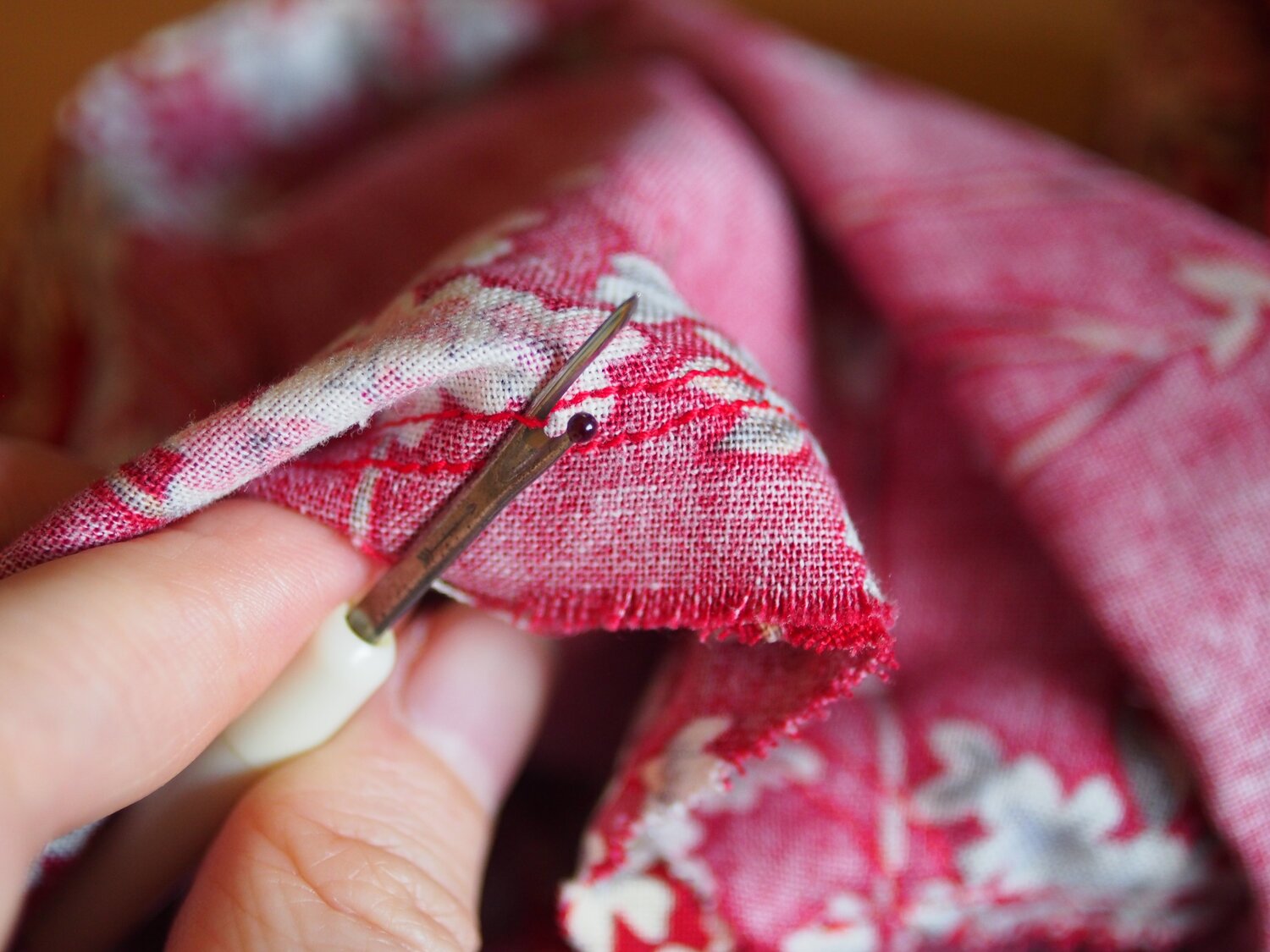
What does a walking foot do?
Dave: “It’s hard to wrap your head around it, but the best way that I could do it is through an analogy. It’s a lot like the saying, “a rolling stone gathers no moss,” a walking foot will not pick up anything you don’t want.”
Real Answer: The walking foot is a big presser foot that gives your sewing machine superpowers. It gives an extra set of feed dogs for the top of the fabric being sewn. When working with one or two layers of fabric, the feed dogs underneath the fabric move everything along just fine. But when you're working with multiple layers, like in a quilt, the top layers may not be moving as fast or as easily through the machine as the bottom layers. This is also an issue when working with thick fabrics like fur or leather or with sticky fabrics like oilcloth and vinyl. A walking foot, however, corrects this by scooting the top layer at the same pace as the bottom layer, so there’s no misalignment. The feed dogs from the walking foot grip onto the top layer of fabric and helps move it under the needle at the same pace that the feed dogs are moving the bottom layer of fabric. This prevents shifting and puckering that may occur with a normal presser foot. Because of this, the walking foot is just as useful for garment sewing as it is for quilting.
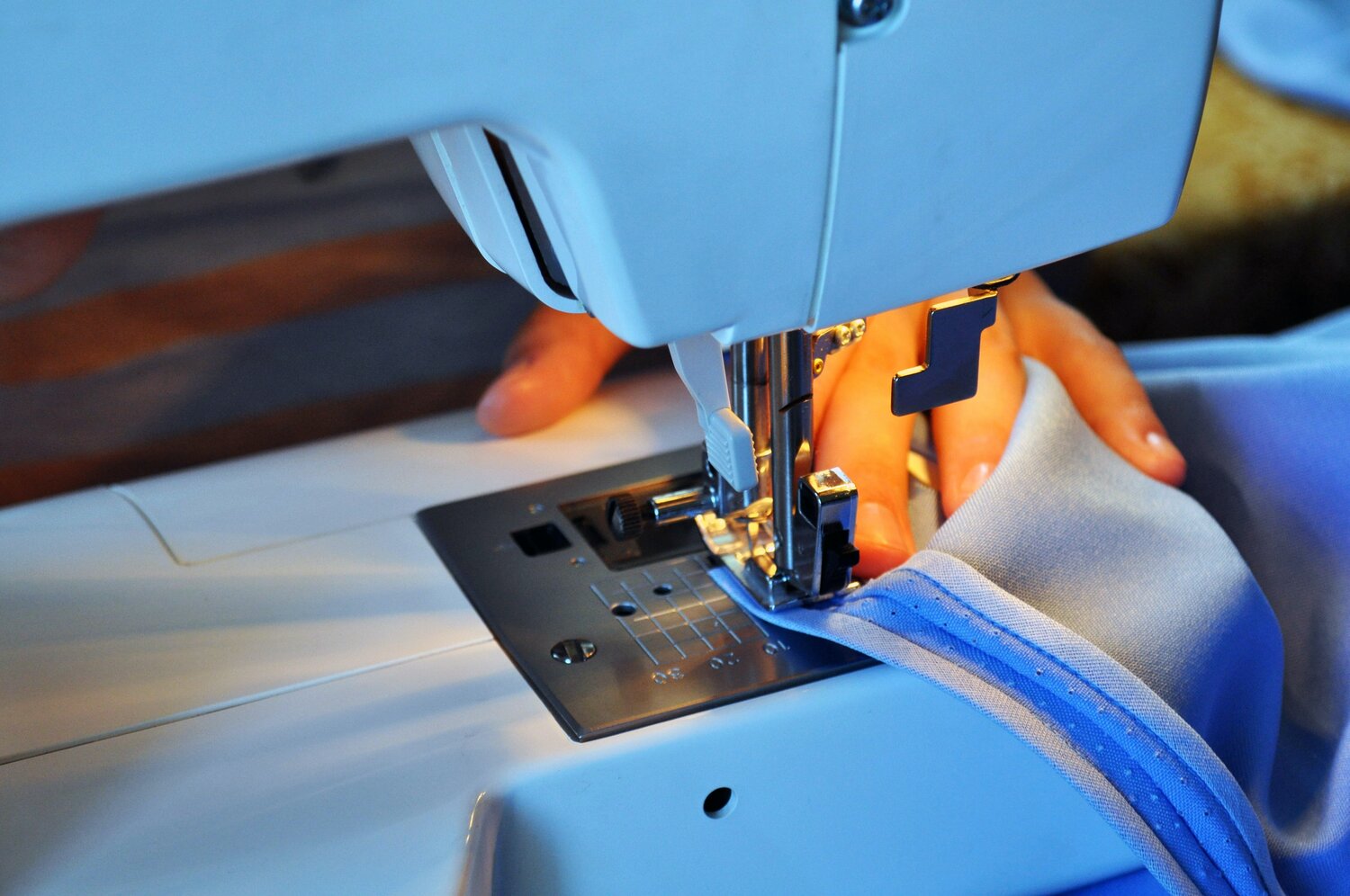
What is a Y-seam?
Dave: “Isn’t that how surgeons cut someone open for a chest surgery? So is that when they stitch them back up?”
Real Answer: A Y-seam is when 3 or more seams come together and they DON’T make a right angle, commonly found in compass and tumbling blocks. Y-seams are often confused with their mild-mannered cousin, the partial seam but are sewn together the same way.
Y seams are seams that typically resemble the letter “Y.” Y seams are different from regular seams because they cannot simply be sewn straight. On the Y seam, each piece needs to be inset sewn together. If Y seams were sewn straight, a pucker would result. However, with partial seams, a flat connection can be made with the fabrics.
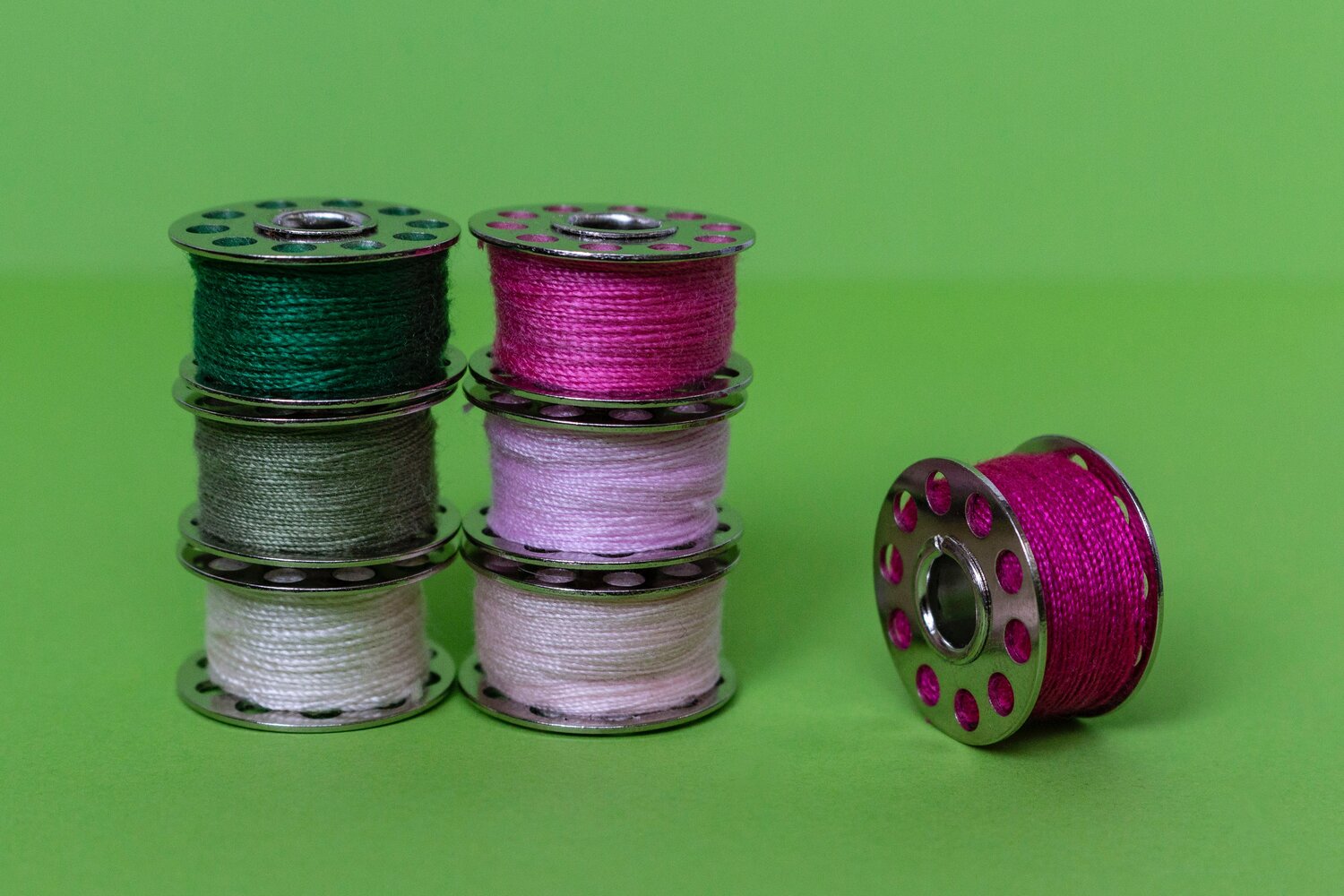
What is a long arm for?
Dave: “The opposite of a T-Rex. Or isn’t that what the navy hangs people from? No, no. It’s the thing that gets you if you break the law. You know, the long arm of the law.”
Real Answer: A long arm sewing machine (oftentimes the size of a room) is used to sew together a quilt top, quilt batting, and quilt backing into a finished quilt. Quilting using a long arm machine can take significantly less time than hand quilting or more traditional machine quilting on a home sewing machines. Quilters may take their finished quilt tops to professional long arm quilting businesses and pay a fee to have their quilting completed. Professionals may design an “edge to edge” pattern into the quilt, meaning the quilt pattern is the same all over or may design a “custom” pattern, meaning the quilting is directly related to the quilt top design. The availability of relatively quick and reasonably affordable quilting services has helped to cause a surge in the quilting business and an overall growth in interest in quilting as an art form.
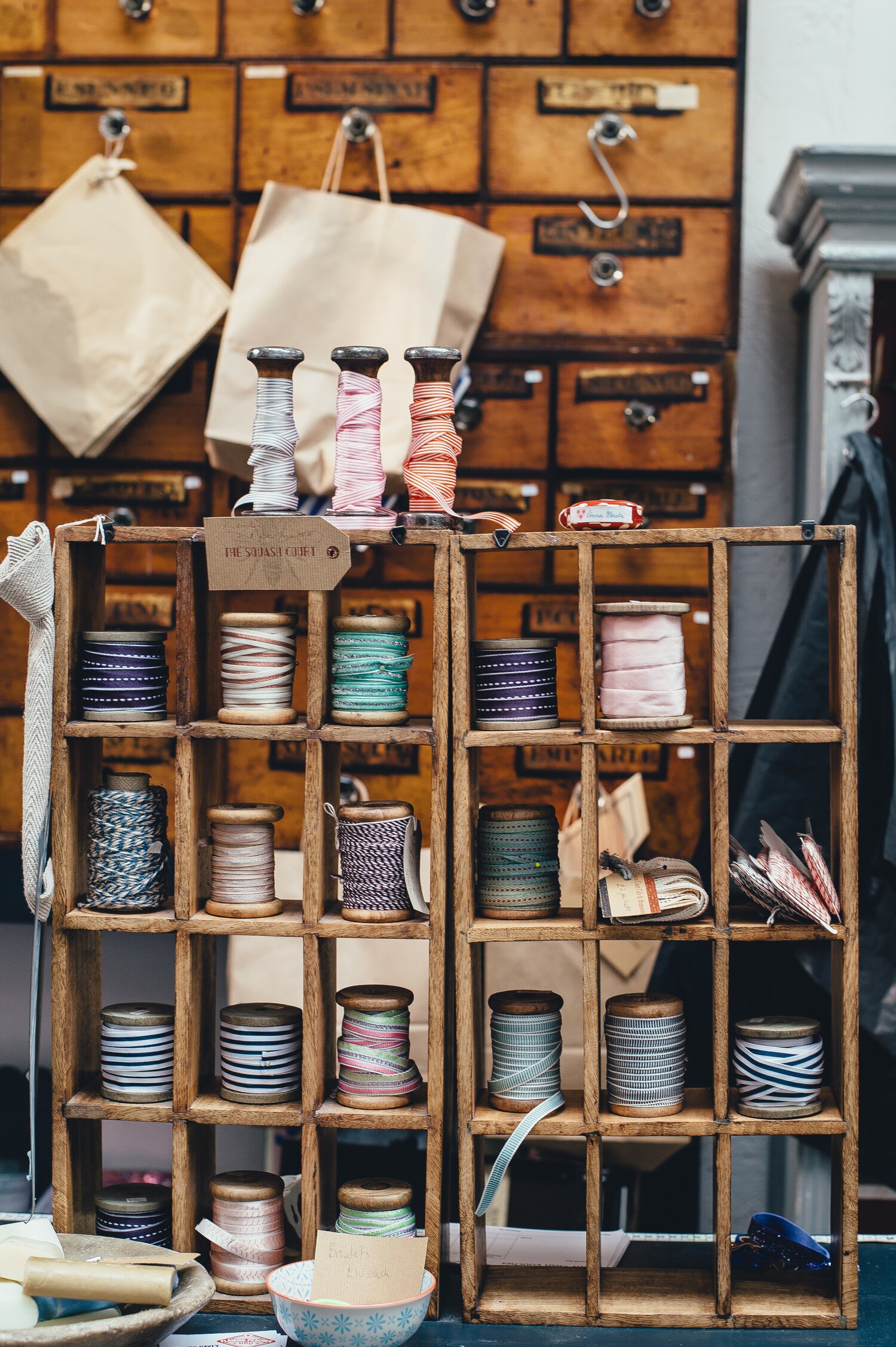
Have a question you want Dave to answer? Email us at advice@cottoncuts.com to submit your question, and it could be featured on the next “Don’t Ask Dave.”

